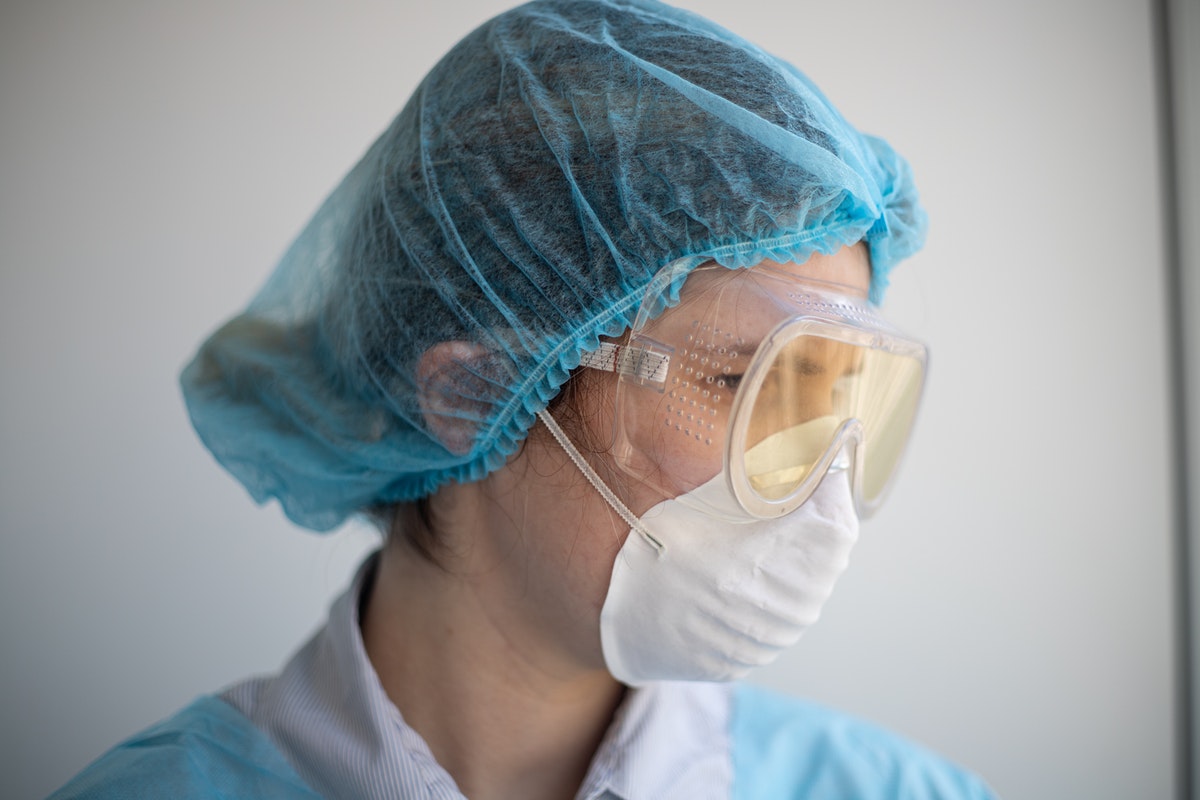The COVID-19 disease can be easily transmitted, placing health care workers at a high risk of contracting the virus. This is why they need to wear personal protective equipment (PPE) while in duty.
On the news or in person, you might have seen many doctors donning this hazmat suit-like protection. But what exactly makes up a PPE for COVID-19 health workers?
We’ll break it down here.
According to the World Health Organization (WHO), a basic PPE can consist of the following: gloves, medical masks, goggles, a face shield, and gowns. Health care workers involved in the direct care of patients should be properly equipped with all of the equipment above.
Gloves
A pair of gloves gives health workers protection when they’re handling infectious materials.
However, once contaminated, gloves can become a means of spreading infectious materials to themselves or other patients. Therefore, health care workers are advised to limit the possible chances for “touch contamination.”
They are discouraged from adjusting their glasses, rubbing their nose, or touching their face especially if they had been in contact with an infected patient.
Medical masks
One of the easiest ways to transmit coronavirus is through respiratory droplets. Masks protect the noses and mouths of health workers from possible fluid penetration.
Masks should fully cover and should fit snuggly over the nose and mouth.
Goggles

Goggles provide a barrier of protection for the eyes, as personal prescription lenses won’t be enough to provide optimal eye protection. Meaning, everyday eyeglasses cannot be used as a replacement for goggles. Goggles should fit securely over and around their eyes or their eyeglasses. Likewise, goggles with anti-fog features will help them see more clearly.
Face shield
A face shield can be used as a substitute for wearing a mask or goggles. It will give the same protection to the face, nose, mouth, and eyes.
The face shield should cover the entire forehead, reach below the chin, and wrap around the side of the face.
Isolation gowns or aprons
Isolation gowns are generally the preferred clothing for health workers stationed in a hospital with COVID-19 positives.
The gown should fully cover the torso, fit comfortably over the body, and have long sleeves that fit securely at the wrist.
Meanwhile, aprons can be used when there’s only limited contamination anticipated.
There are different protocols in the disposal PPE. Some of the gear like caps, goggles, and gowns can be changed after one shift. However, gloves need to be changed for every patient that’s handled.
When you’re running a hospital or in charge of distributing PPEs for your staff, it can be very stressful to track all the equipment.
You can use an online uniform management system to keep track of your hospital’s PPE supply. This way, you can be well-aware if your hospital has enough or if it’s running low on protective gear.
These are what make up the basic PPE of a COVID-19 health worker. A complete PPE is essential as it can spell the difference between safety from the virus and contamination.

